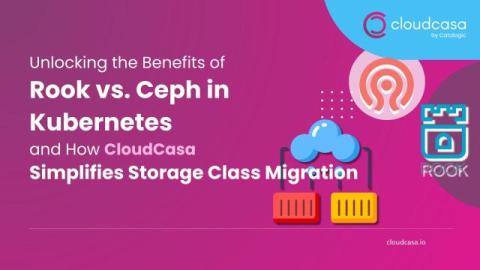A Day in the Life of a CISO - Presenting to the Board Chairman
It’s 7:30 AM when I check my inbox, and right at the top is an urgent email from Alex, our Chairman of the Board: “I need an update on how we’re stacking up against our competitors on security.” Not just a quick overview—he’s asking for specifics on how our cybersecurity posture compares to our peers, the improvements we’ve made, and a detailed look at our progress since our last board meeting.











